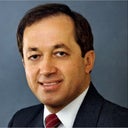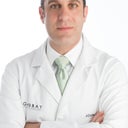Yes, it is possible to combine abdominal etching with a tummy tuck, and this combination is often performed to achieve comprehensive aesthetic results in the abdominal area. Both procedures serve distinct purposes, and when combined, they can address both excess fat and skin laxity while enhancing the appearance of the abdominal muscles.




